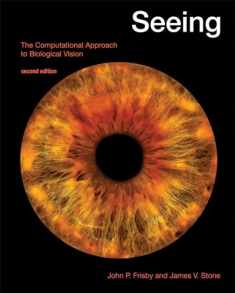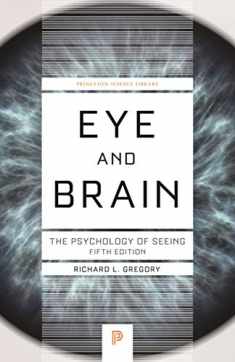
Vision and Brain: How We Perceive the World (Mit Press)
Book details
Summary
Description
In this accessible and engaging introduction to modern vision science, James Stone uses visual illusions to explore how the brain sees the world. Understanding vision, Stone argues, is not simply a question of knowing which neurons respond to particular visual features, but also requires a computational theory of vision. Stone draws together results from David Marr's computational framework, Barlow's efficient coding hypothesis, Bayesian inference, Shannon's information theory, and signal processing to construct a coherent account of vision that explains not only how the brain is fooled by particular visual illusions, but also why any biological or computer vision system should also be fooled by these illusions.
This short text includes chapters on the eye and its evolution, how and why visual neurons from different species encode the retinal image in the same way, how information theory explains color aftereffects, how different visual cues provide depth information, how the imperfect visual information received by the eye and brain can be rescued by Bayesian inference, how different brain regions process visual information, and the bizarre perceptual consequences that result from damage to these brain regions. The tutorial style emphasizes key conceptual insights, rather than mathematical details, making the book accessible to the nonscientist and suitable for undergraduate or postgraduate study.
"The significance of this book lies in bringing together in one volume key ideas on how the brain solves the tremendous problem of getting an accurate representation of the outside world, based on the relatively impoverished data that the eyes provide it. James Stone provides a clear, concise, and informative explanation for a wide readership."
--Thomas Papathomas, Rutgers University
"In a clear and engaging style, James Stone introduces fascinating questions about visual science to students. This broad-ranging book touches on introductory psychology, computational neuroscience, motion, color, and several other topics. It should awaken enthusiasm in the field, particularly for students with little experience in research in vision and neuroscience."
--Gabriel Kreiman, Harvard Medical School; co-editor of Visual Population Codes


We would LOVE it if you could help us and other readers by reviewing the book
Book review





